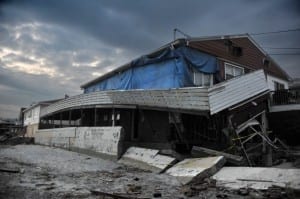According to a survey performed earlier this year by CIO.com, 54% of all IT security professionals cite cloud computing security as their top priority. Another 32% cite security as a middle priority for them. However, 85% of IT professionals are confident in their cloud provider’s ability to provide a secure environment for their data.
Security has always been a concern when sensitive data is involved and this concern is heightened when it comes to cloud services outside of the corporate wall because no longer is it under the company’s direct supervision. It is human nature to be afraid of the unknown, but the risks of cloud computing come with a plethora of benefits as well. For example, the cloud offers greater flexibility, scalability, and agility, allowing IT staff to complete tasks in hours rather than weeks or months.
Depending on the size and nature of your business, entrusting your data to a cloud provider may be every bit as secure (if not more so) than your in-house security. This is because top-quality cloud hosting providers invest a significant amount of resources into security, much more than most small to medium-sized businesses can afford. Also, most cloud providers make an effort to always keep up with the latest in security so that they can provide the best service to their customers.
Atlantic.Net, a privately-held leading cloud hosting provider, offers a secure and robust platform that is routinely and systematically inspected with focus on control objectives in the areas of organizational structure, governance, administration, physical/environmental controls, and physical/logical security.




















